Do you want to know about some of the best free toys for your kids, even best toys for your newborn? Playing with your kids are some of the best times you will ever spend with each other. Even though getting them toys from the market can make them happy, there are some “toys” that can make them even happier. Explore some of the best toys for your kids that are absolutely free.
KEY POINTS
- Everyday objects—including your own self—make the best toys.
- No matter what age your child may be, your attention and enthusiasm are more valuable than any toy.
- Great toys trigger imagination, but many toys inhibit the imagination by prescribing one way to play.
At the risk of being blacklisted by toy companies, here are five types of “toys” that are readily available at no extra charge—no batteries or assembly required.
Related: 3 Things Emotionally Intelligent Parents Do
5 Best Toys For Your Kids That Are Absolutely Free
1. You
The best toy for your newborn baby’s development doesn’t cost anything at all and is always available. You! Babies love faces. Staring at your face will probably be their first activity besides sleeping, eating, and crying. Later, they will make faces you can copy, then they will copy your face. This is the baby’s first turn-taking game.
After a few months, you can start playing peek-a-boo, one of the simplest and most fun games ever invented. Connection is crucially important for babies, and peek-a-boo is a game perfect for helping children build security while learning to cope with small separations.
The amazing thing about peek-a-boo is that most adults instinctively get the timing right: If the period of time is too short, there is no excitement or edge-of-danger feeling that brings the laughter of relief. If the time is too long, the baby will either lose interest or panic, and the fun is lost.
When the timing is just right, laughter is spontaneous and contagious. A few years later, the same basic principles and themes are repeated in games of hide-and-seek. Too short a time before the finding is boring; too long and it’s scary.
Another great baby game that only requires your body is to nudge them with your face on their face or body, rolling them gently from side to side.
When children get a bit older, you can have them lie on your stomach as you lie on your back on the floor or the grass. Wrap your arms around them and roll over and over, making sure to protect them from getting smushed under you by putting weight on your arms and elbows as you roll.
Even bigger children love the Steamroller game. They may be too big to cuddle, but make it into a roughhousing event and suddenly it’s cool to cuddle!
No matter what age your child may be, your attention and enthusiasm are more priceless than any toy.
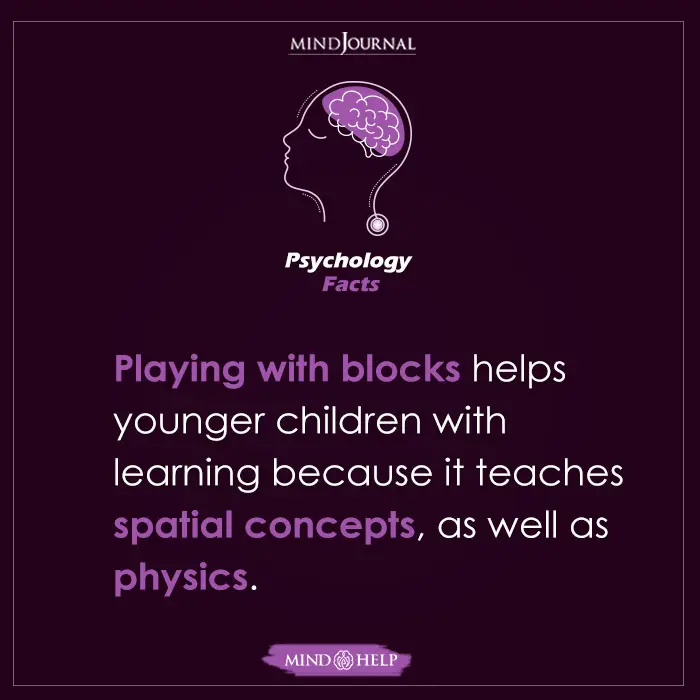
2. Trees, water, sand, sticks
The natural environment is a boundless playground. Children can find their own level of risk based on how high they choose to climb in a tree, or how close to get to the edge of a creek.
Pouring water back and forth, building with sticks, or making temporary dams provides sensory pleasure as well as natural experiments in physics and architecture.
Unfortunately, a rich natural environment is not accessible to everyone. There is a big class divide in the availability of safe outdoor play spaces, especially non-plastic ones. What changes in policy and practice would be needed for every child to have access to nature?
In the meantime, the urban environment can also provide a rich playground, if we see it through the eyes of a child. There are many safe opportunities for climbing, jumping, exploring, and discovering.
3. Pillows and blankets
You probably have enough pillows at home for a full-scale pillow fight—just be sure to not use pillows with outside zippers or buttons that can hurt.
Bigger pillows and cushions make great additions to forts made out of sheets and blankets tossed over chairs.
Blankets are also great for giving kids rides, either sliding them along the floor or tossing them in the air if you have adults or big kids to hold each corner.
Related: Invaluable Life Lessons I Learned From My Mom
4. Everyday objects
The first turn-taking game for many babies is copying faces. When they get closer to a year or eighteen months, a new favorite turn-taking game is handing objects back and forth.
Just like with peek-a-boo, timing is important. If you hold onto the spoon or toy too long, the child will be righteously indignant, or they will lose interest.
Follow the child’s lead, and don’t tease them by holding it back to make them beg for it or demand it. Hand it over generously, and accept it back graciously.
At a recent Playful Parenting lecture, a father demanded to know why his toddler son preferred to flip the light switch on and off instead of playing with the expensive toy dad brought home from a business trip.
The audience laughed in recognition at this annoying phenomenon, and all I could offer was my empathy. Most toys—especially ones with lots of bells and whistles that look exciting to grown-ups in the store—are not as enticing as a light switch, or the box the toy came in. That’s because many fancy toys have two problems.
First, they do all the work. A toddler wants to make magic happen, like making the light go on and off through the force of their will and their fingers.
Second, most expensive toys can only do one thing, while the box the toy came in can be a dozen different things, from a hat to a car to a treasure chest to a dinosaur.
A great toy triggers the child’s imagination, but many toys inhibit the imagination by prescribing one way to play. Besides, empty boxes, shoestrings, and other odds and ends from your junk drawer make wonderful playthings.
They come in all textures and sizes, and you can make up fanciful backstories for them, such as the lonely shoestring looking for its shoe.
5. Dedicated graffiti wall
Not everyone is a graffiti tagger—fortunately. But nearly everyone has an urge to make their mark, to declare “I was here” in some fashion. A dedicated place to do this, inside or outside, can be a wonderful way to channel this self-expression, for everyone in the family.
It could be big pieces of paper or torn grocery bags taped to a wall. It could be an abandoned car, part of a fence, or the wall of a shed. Materials can be long-lasting, like paint, or more temporary, like sidewalk chalk.
Related: 6 Signs You’re Ready To Start A Family
Don’t be limited to two dimensions. You and your children can glue random objects onto the graffiti wall, like feathers, leaves, or stuff from the junk drawer. Don’t worry about it being “good” art. This is for fun, for joy, for self-expression. It’s too big to go easily to an art gallery anyway!
Want to know more about some of the best free toys for your kids? Check this video out below!
Sign up for Lawrence J. Cohen’s newsletter by emailing “subscribe” to [email protected].
Written By Lawrence J. Cohen
Originally Appeared On Psychology Today
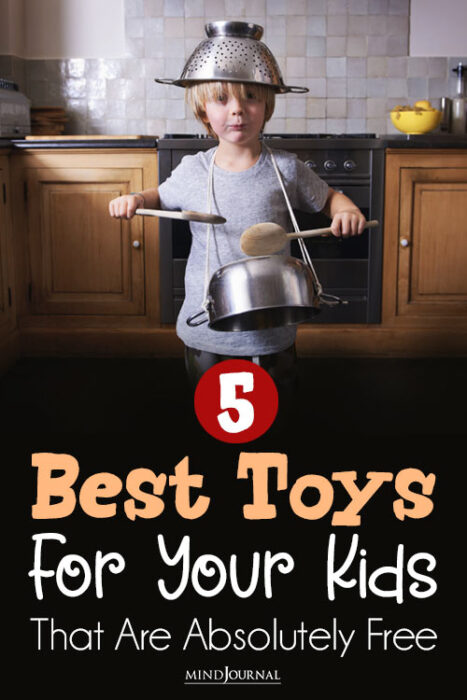
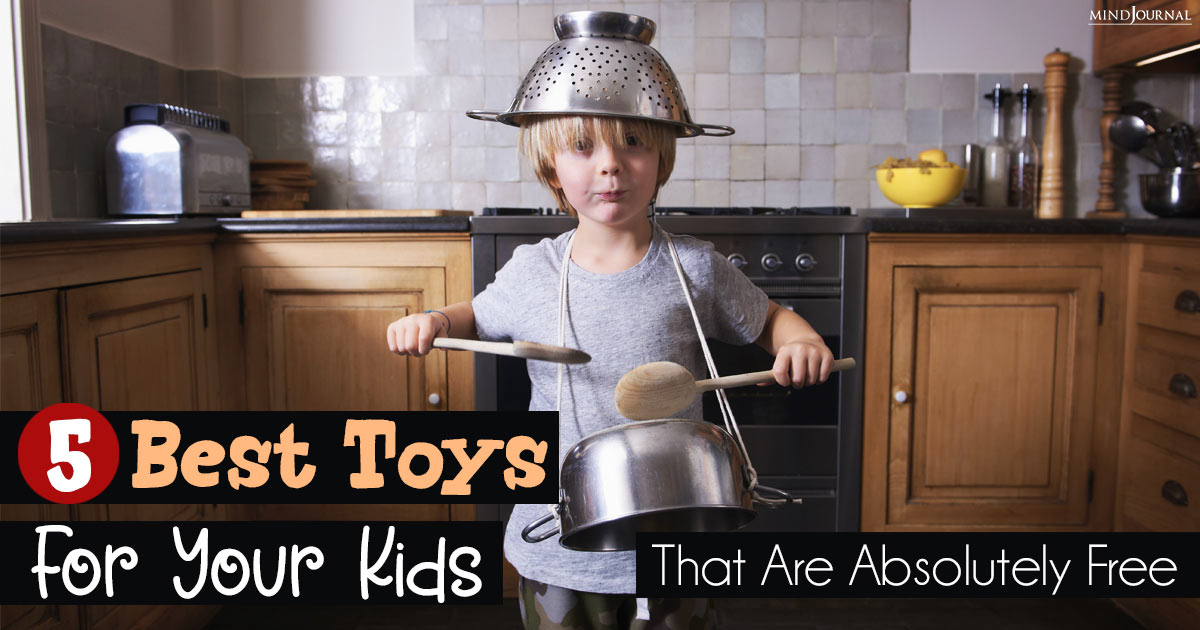
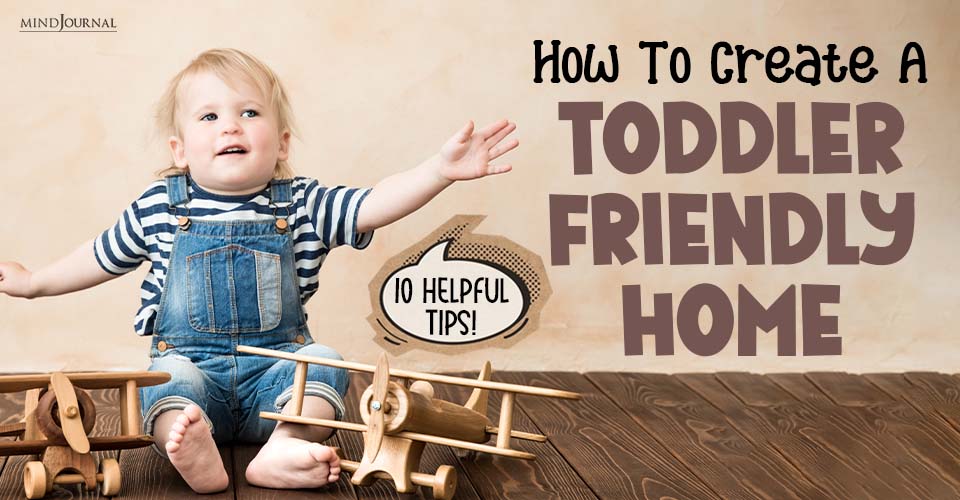


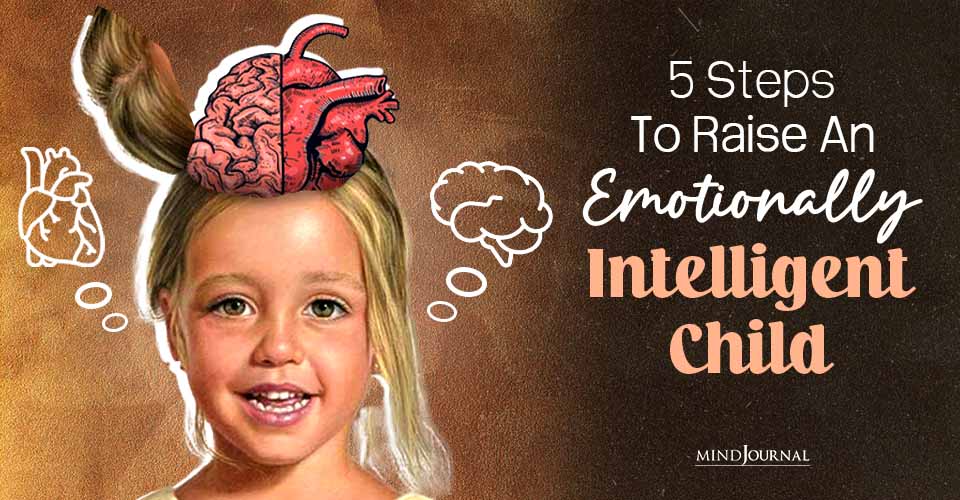
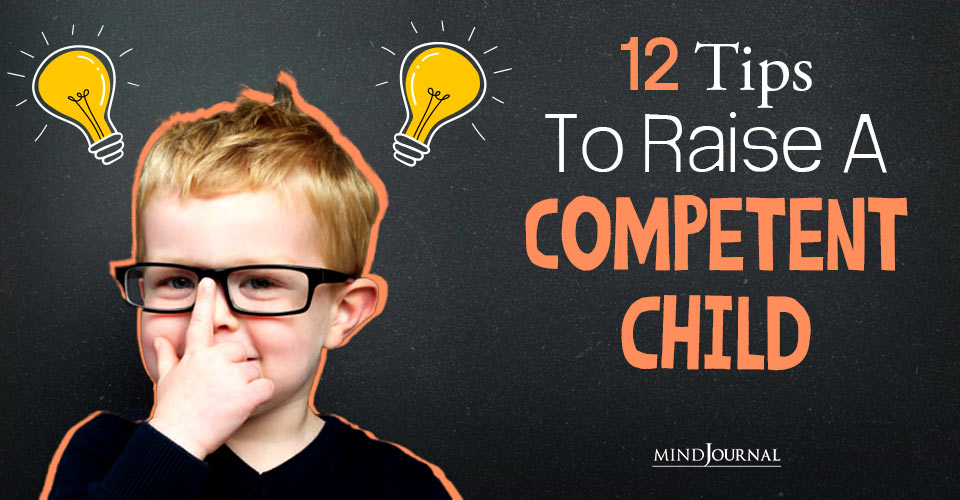
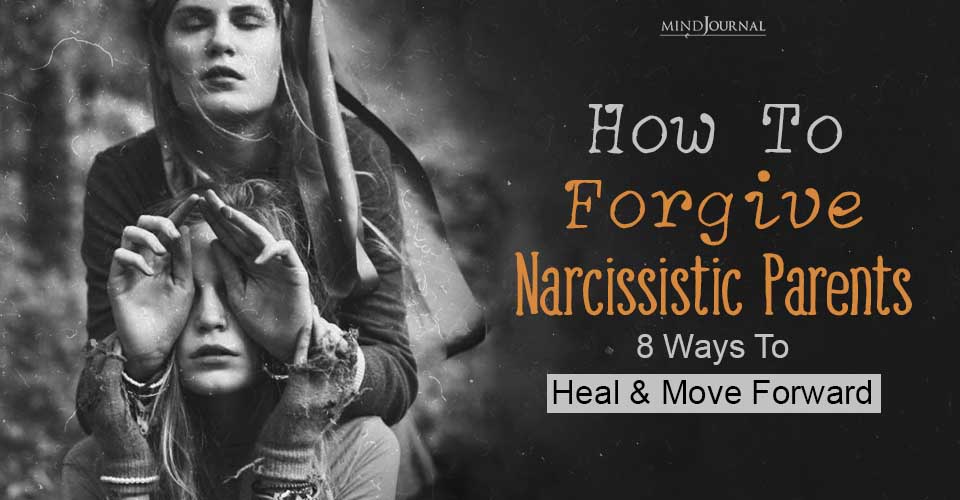
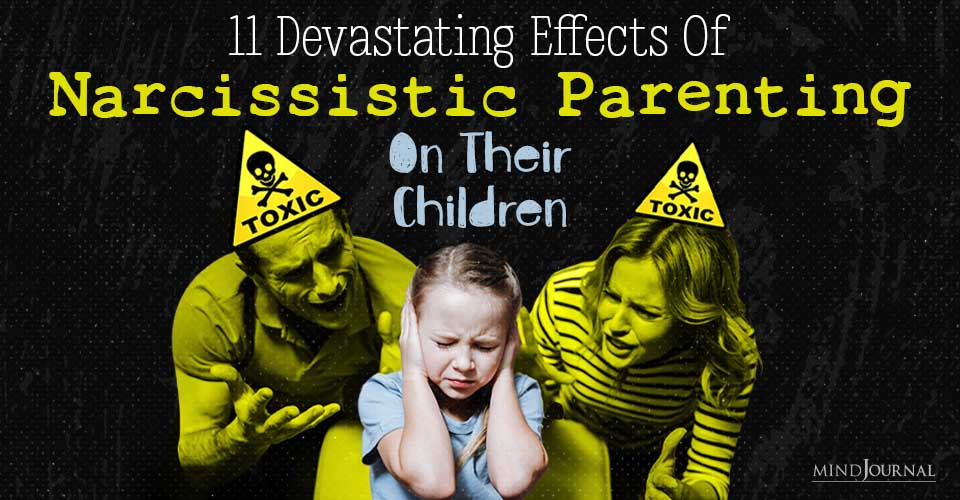
Leave a Reply
You must be logged in to post a comment.